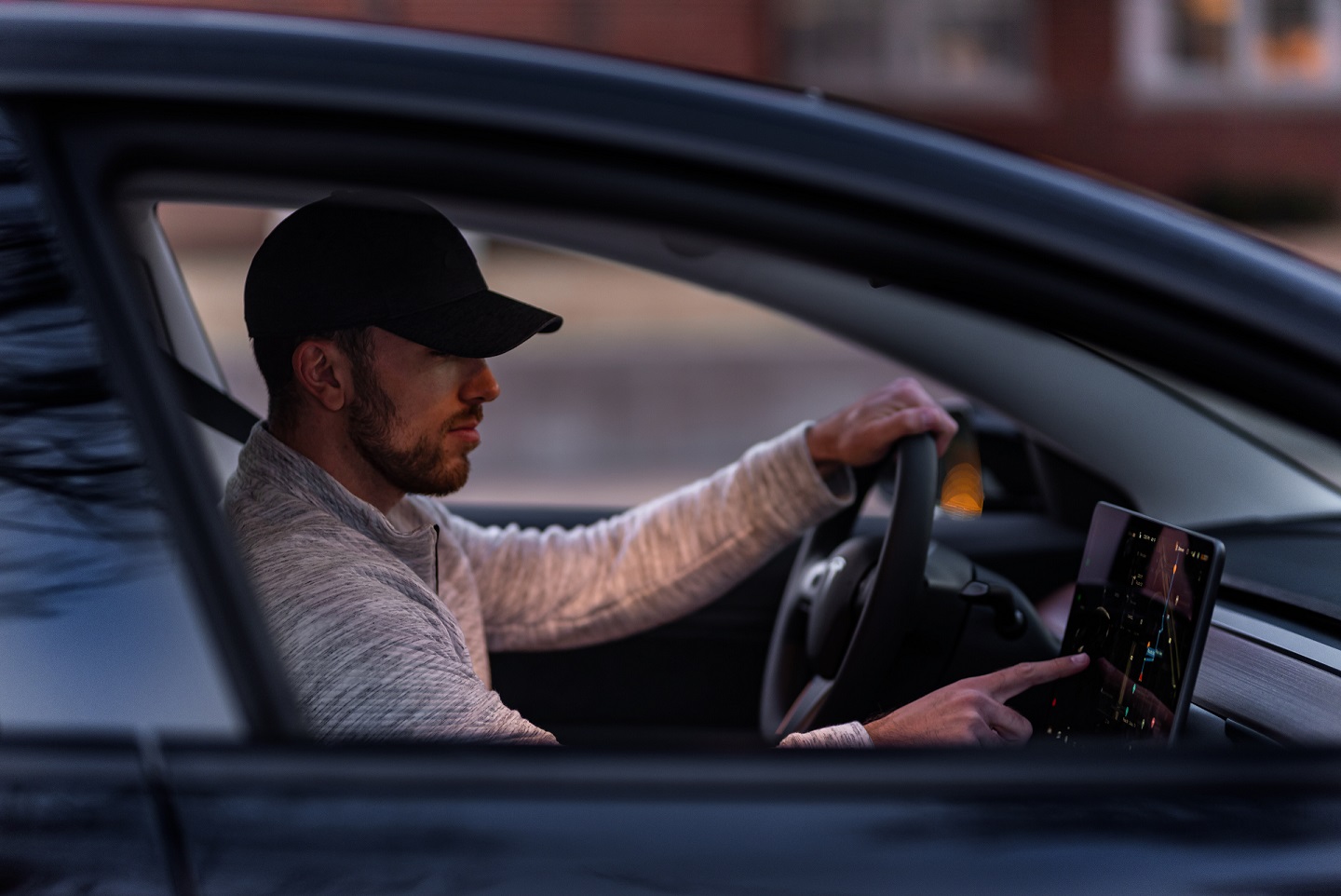
Technology has been a double-edged sword for safe driving. While additions like GPS and automated lights have improved the quality and ease of driving for many, they have also created a false sense of confidence in some reckless drivers who are too dependent on tech intelligence. For instance, while the advent of smartphones has made it easier for drivers to stay connected during travels, according to the National Highway Traffic Safety Administration’s breakdown of distracted driving, texting contributed to 3,142 fatal accidents in 2019.
But because we can’t expect tech and driving to be mutually exclusive, this calls for better road management and safety practices among drivers, which can largely be answered by the implementation of the Internet of Things (IoT).
What is the IoT?
Steve Ranger’s article on the Internet of Things explains that this vast network consists of smart devices that communicate with each other using the internet. Because of this interconnection, the devices are scalable, easy to access, interactive wherever there is the internet, and privy to the updates and information streaming online every day. Examples of IoT devices are now present in most sectors of society, from your smart home security systems to wearable health monitors. Because the IoT is meant to increase safety and efficiency, it is also being deployed as a modern-day solution for traffic management and road safety.
Benefits of the IoT in Road Management
Various IoT applications can streamline management, with government units and private sectors alike specifically eyeing improvements in traffic, pedestrian safety, vehicle operation, monitoring, and infrastructure.
For example, IoT-based helmets have been created to detect real-time crashes. The smart helmet automatically notifies emergency services and can also make use of sensors to detect alcohol levels. This improves medical outcomes for motorbike riders, who are more prone to road collisions and are, thus, vulnerable to greater injury.
Building on this, with the IoT, artificial intelligence and connectivity can be merged to dramatically reduce age-old inconveniences and the risks that they pose. For example, GPS devices not only improve traffic navigation at an individual scale. They also make way for a more efficient public transport system and courier industry. By capturing, translating, then disseminating road updates in real-time, drivers can be informed about alternative routes simultaneously. This can further lessen accidents as there will be little need to speed or take potentially risky driving hours. As noted in Courtney Conley’s piece on the most dangerous times to drive, drivers choose to drive at night because they see fewer cars on the road, and are less likely to run into traffic. However, it also opens them up to more collisions due to decreased vision and increased speed.
Where We Can See the IoT Today
Aside from the aforementioned examples, we can see more widespread examples of the IoT’s implementation in actual vehicles. Let’s take Tesla for example, as it uses Over-the-Air (OTA) software that remotely updates your car’s operating system without any need for manual intervention. This means that there is no downtime for your vehicle, but you can still enjoy the newest in-vehicle-enabled applications like its virtual assistant or infotainment systems.
Moreover, IoT developments are stepping toward fully automated vehicles. In Verizon Connect’s article on self-driving cars, at least 46 corporations are currently in the middle of creating automated cars for mass production. With Tesla, we are already seeing an iteration that uses autopilot to assist drivers to an extent. In the near future, we can expect fully self-driving cars that won’t require human intervention, essentially nixing human error completely. After all, 94% of road accidents happen due to human error. Should manufacturers be able to integrate failsafes and ample software security, we could even see these self-driving cars “communicate†with each other, thereby creating a constant stream of information and agile vehicular traffic responses.
Aside from smart vehicles, there are also smart IoT cameras monitoring the streets and employing advanced License Plate Recognition (LPR) to manage traffic and parking. These tools use deep learning to identify vehicles so the system can proactively plan out a management solution, while keeping tabs on potentially poor driving habits. Silicon Republic’s write-up on IoT startups to watch, notes how companies like Videonetics have even started to use IoT devices to monitor 15,000 lanes. In this case, AI systems can accurately collect and audit data faster than human workers, so any issues are escalated and resolved quickly.
There’s no doubt that the IoT is driving us (pun intended) towards safer and more efficient roads. As companies start improving these systems even more, we can soon assume that mainstream adoption will follow, and every driver will be IoT-empowered.